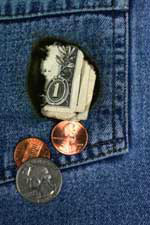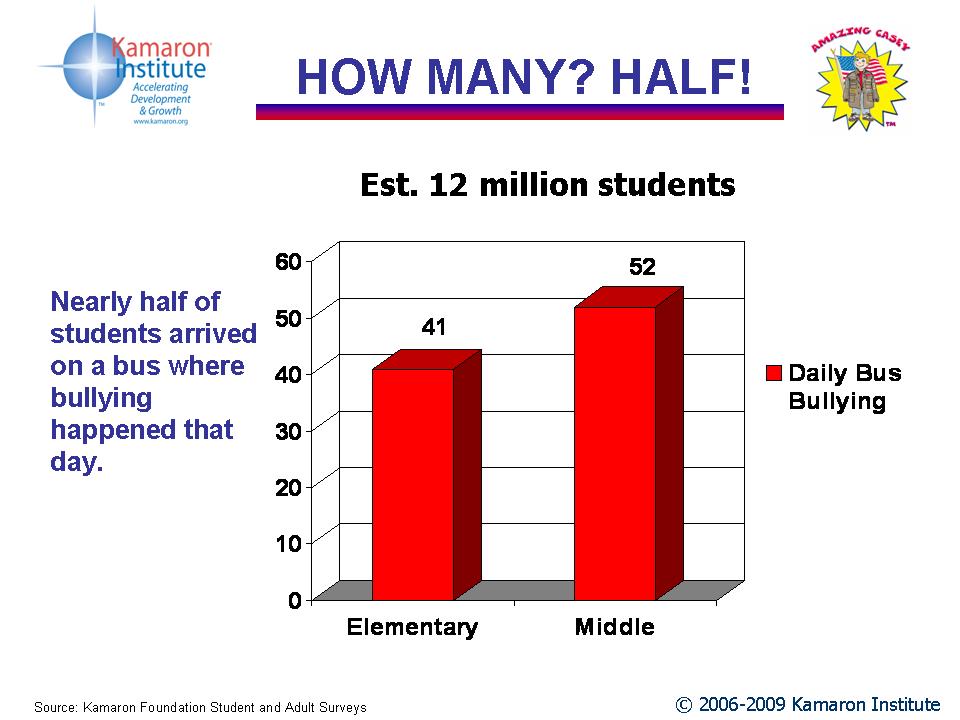Americans have declared their top priorities are to loose weight and gain ground financially. Progress begins with the belief that what is necessary is possible. Today is the time to begin your six step debt diet.
 Just like any diet plan, expect feel deprived, fall off the wagon and hit progress plateaus. Decide now. you will get right back up and start again.
Just like any diet plan, expect feel deprived, fall off the wagon and hit progress plateaus. Decide now. you will get right back up and start again.Six Steps Toward Financial Fitness
Step One: Know where you stand.
Do you know exactly what you owe and how long it will take you to pay it off? If you have been paying the minimums on your credit cards in 2009, you’ve lost financial ground. Gather each of this month’s statements. Make an itemized list that includes each account balance and interest rates. Having your total financial obligations at your finger tips can help you make better financial decisions.
Step Two: Make a plan. This is your budget pie.
Your goal should plan your spending calories in these groups:
- 35 percent on housing related expenses (mortgage, insurance, taxes, upkeep)
- 15 percent on transportation related expenses (car payment, gas, insurance, upkeep)
- 10 percent on savings
- 15 percent on debt repayment (including credit cards)
- 25 percent on running the rest of your life (utilities, food etc.)
Step Three: This Steps Helps Spending Slow
For many it is the wasted dimes and dollars rather than the major purchases that leave us financially strapped. Starting today, jot down every cent you spend for 30 days. Most people find they are spending more than they would have guessed on things they could easily live without.
Step Four: Repay Debts In The Right Order
Set your debt priorities. Your house or car is a secured debt; missing payments here can cause either to be reposed. Check your interest rate on your car loan. It might be time to refinance. A visit to bankrate.com can also provide you with a list of average home mortgage interest
Regarding your credit card debt (unsecured debt) speak with customer service manager and request lower interest rate. Then work on paying off your highest interest rate cards, first.
Step Five: Super-Size Your Savings Habits.
Something as simple as saving loose change on a daily basis can end up being $800-$1,000 at year end. Set up your emergency fund and then start to invest. If you are age 35 today with little in savings, saving as little as $11 per day ($334 monthly) will bring your balance to $500,000 by age 65.
Step Six: Earn More.
The average pay increase in 2007 will be 3.8 percent. Use yours to pay down debt rather than increase life style. Pursue an entrepreneurial interest on a part-time basis. If you are self-employed, a small rate hike is usually acceptable to clients. A good garage sale can net $1,000 or more.


